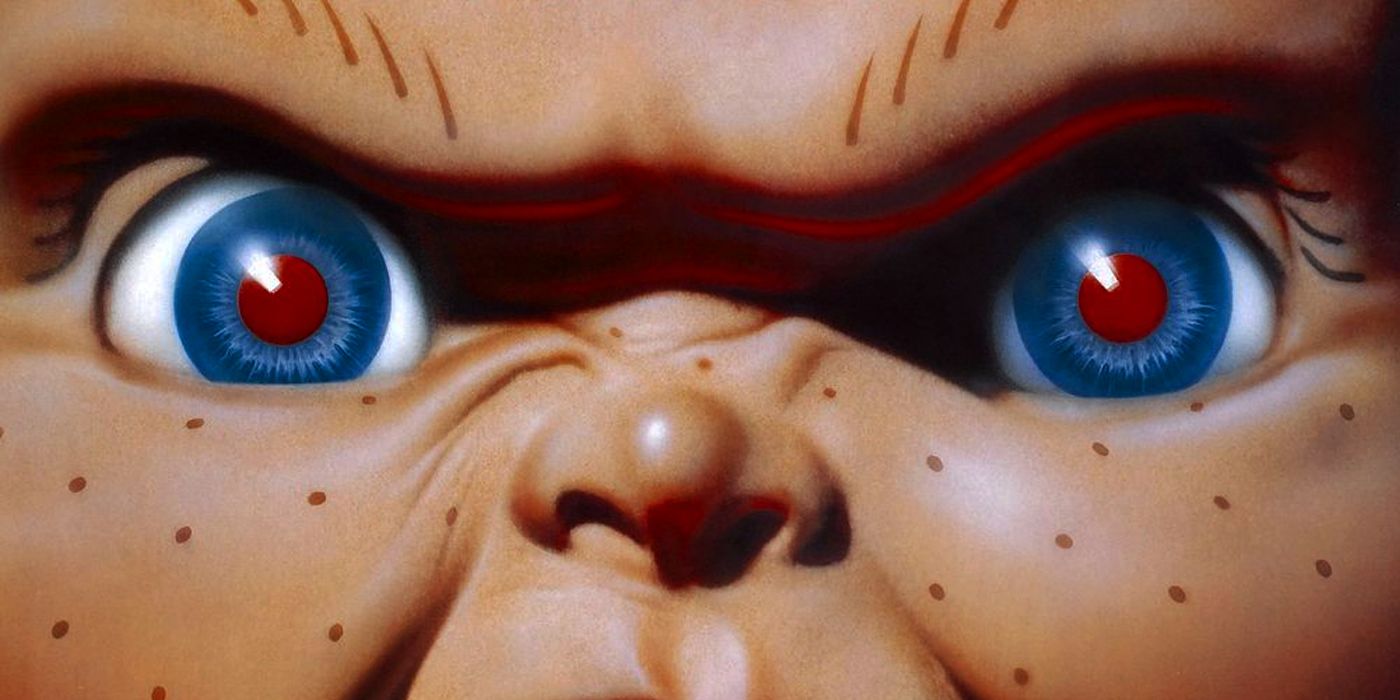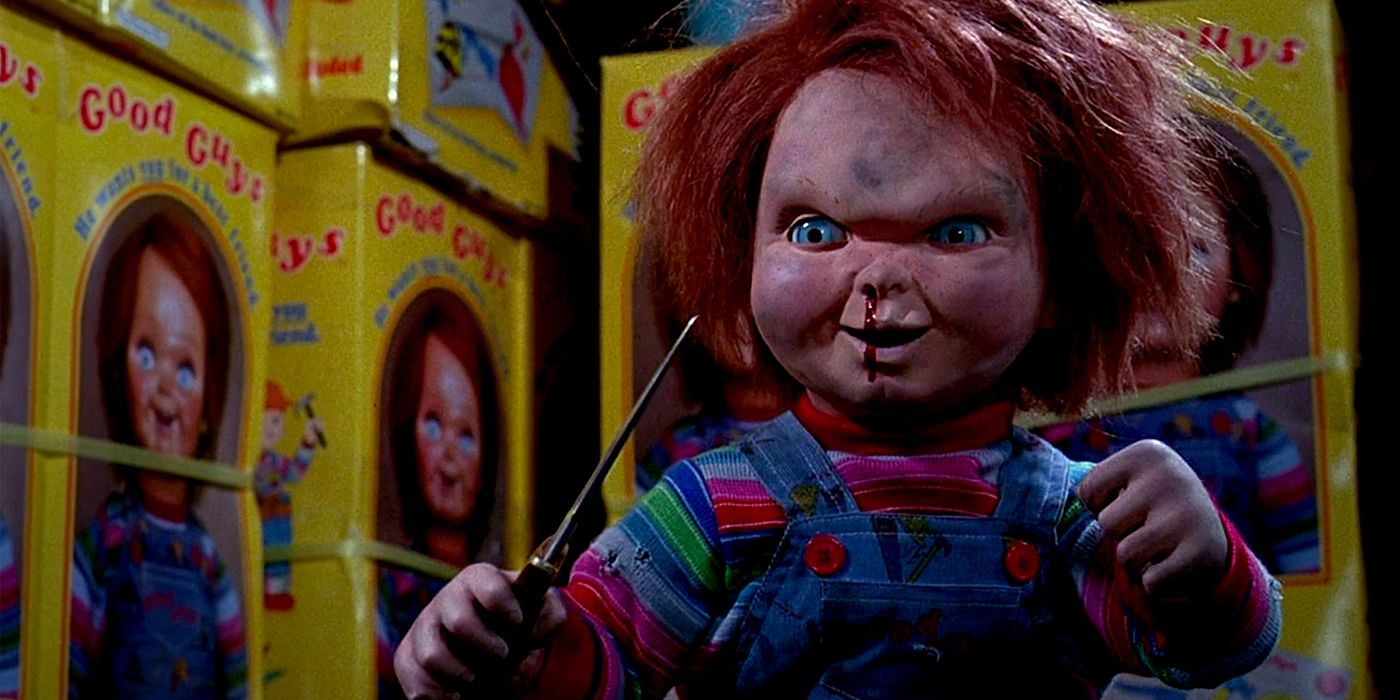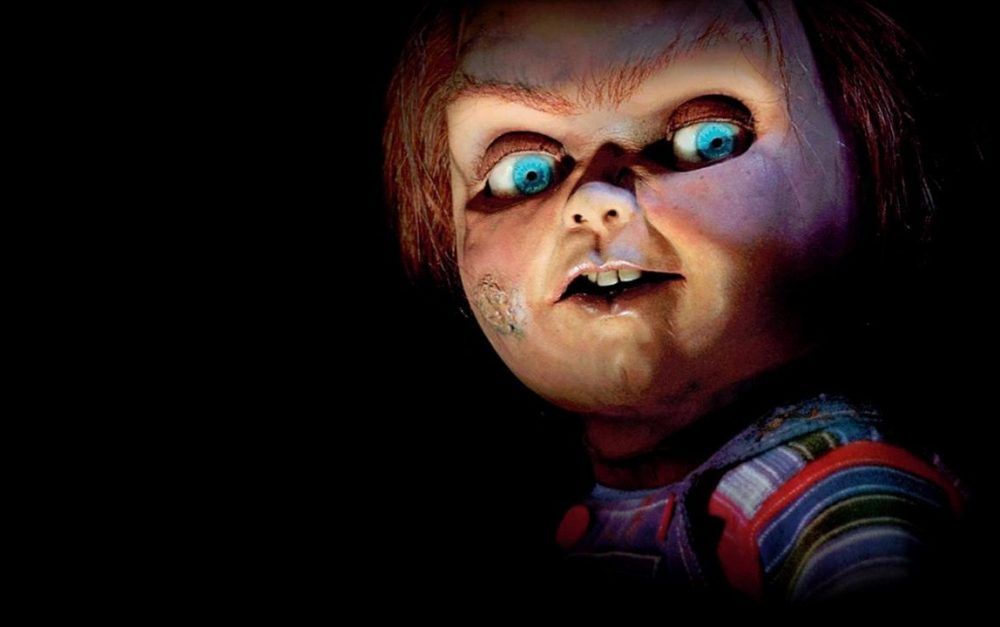Child's Play 3 (full title Child's Play 3: Look Who's Stalking) has been defended by some, but remains the worst installment in a franchise that is marked with both high highs and very low lows.
The 1991 film had the two main ingredients that, for most fans of the series, are an absolute necessity to make a Chucky movie great. Creator Don Mancini wrote the script and Brad Dourif voiced the killer doll, Chucky. However, even with Mancini and Dourif teaming up for the project, it was a flop with audiences and critics alike, and is still regarded to be the definitive worst film of the bunch, typically followed by Seed of Chucky (2004). Child's Play 3 holds a rating of 29% on Rotten Tomatoes and a 33% from audiences.
Reviews aren't everything, but Child's Play fans tend to be pretty forgiving when it comes to these movies. In essence, they're campy. They're meant to have a more "B-horror" atmosphere, and the slasher is a killer doll. The franchise is known for dark, punchy humor, endangering children, and a grotesque killer who is oversexed and raunchy despite inhabiting a "Good Guy" doll. So where did Child's Play 3 go wrong?
Creator Don Mancini Even Disliked The Film
Don Mancini got the original inspiration for Chucky from The Twilight Zone episode "Living Doll" that featured a character called "Talky Tina". Mancini intended to make a feature-length movie that featured the killer doll trope back in the 80s, utilizing the modern technology of animatronics for his character. Mancini's father was in advertising, and his initial concept explored how marketing and capitalist greed affected children. Thus, Chucky, the doll possessed by murderer Charles Lee Ray was born.
Set eight years after Chucky's demise, Child's Play 3 sees the manufacturing of Good Guy dolls resume after the bad press from the previous murders diminished. The old factory that houses Chucky's remains powers up again and some of Chucky's blood mixed into the plastic, giving him a new doll body.
Chucky locates his old pal Andy Barclay (now 16) who is at military school and shows up to wreak havoc there. This film travels through military school into a weird haunted house and even goes to a carnival, but ultimately, the over-the-top script Mancini penned falters in execution. Across the board, the acting is weak save for Dourif's excellent voice acting skills, but even those aren't as good a performance as he usually delivers.
In the past, Mancini has cited a tight schedule for writing the script and running out of ideas as reasons why this film didn't fare as well as the others. He has also claimed that some of the acting was not up to par with his standards, and some of the casting choices weren't ideal and didn't portray his initial concepts as well as he'd hoped. Child's Play 3 is even the creator's least favorite installment.
Child's Play 3 Was Shadowed By Controversy
As if low ratings weren't enough, the Child's Play franchise earned itself a really bad reputation in 1993, when some people speculated that the movies were to blame for the murder of a 2-year-old boy, James Bulger, in the UK. News sources stated that the father of one of the boys who committed the crime had rented the film from a video store and the children had watched it, and other ultra-violent films, unsupervised. Supposedly, one of the perpetrators acted out a scene where Chucky splashes someone with blue paint. Later, it was found to be a myth that the Child's Play movie and other 'video nasties' like I Spit On Your Grave were the inspiration for their crimes.
Child's Play 3 Felt Like A Sequel In Name Only
Ultimately, Child's Play 3 fell flat in a franchise where over-the-top antics are not only suggested, but required to make a film great, and that was its primary sin. The rushed script, the hollow acting, and the overall failure to measure up to the others in the series all lead it to be movie fans skip over more often than not.




